Make no mistake, the well-funded, well-connected professional activists who oppose tobacco are far from sensible people looking to place so-called “reasonable restrictions” on tobacco. The truth is, almost all are deceitful opportunists who won’t stop until tobacco is taxed or regulated out of existence (or at least pushed completely into an underground black market).
 These anti-tobacco zealots are too smart to ever admit their ultimate goal in public, even though occasionally they let their secret slip. Instead, they twist science to deceptively present themselves as reflective, thoughtful advocates who just happen to continuously find “problems” in need of “solutions,” which always amount to more tobacco taxes, more regulations, and more expansive smoking bans.
These anti-tobacco zealots are too smart to ever admit their ultimate goal in public, even though occasionally they let their secret slip. Instead, they twist science to deceptively present themselves as reflective, thoughtful advocates who just happen to continuously find “problems” in need of “solutions,” which always amount to more tobacco taxes, more regulations, and more expansive smoking bans.
Recently, these incremental steps towards tobacco prohibition have often been presented as closing loopholes, leveling the playing field, or combating problems seemingly unrelated to smoking. It seems the anti-tobacco crowd has taken to heart the lesson of the boiling frog, which goes something like this: If you throw a frog into a pot of boiling water, he’ll jump out. But if you place the frog into a pot of lukewarm water and slowly turn up the heat, it will boil to death.
I suspect they realize that if they are forthright about their ultimate goal of prohibition, they know they would lose credibility and could even unleash a backlash, as those whose freedom of choice they seek to limit would rally to defend their right to enjoy tobacco. However, if the steps towards total prohibition are small enough, like the frog, we won’t act until it is too late.
Three examples show how the tobacco banners present more regulation, taxation, and smoking bans as merely fixes to “loopholes” or “problems” in existing laws:
Congress Takes on Mail-Order Tobacco Sales
This week, Congress is debating a ban on mail-order cigarette sales. It seems that many states are losing revenue as consumers seek to avoid punitive cigarette taxes. Instead of buying a pack of cigarettes for $10 in New York City, they are ordering them through the mail for less than half the price.
Never mind that it’s the excessively high taxes that are forcing people to look for less expensive ways to get tobacco. The anti-smokers say the solution isn’t to re-examine the taxes that created this pseudo-black market, but to create more restrictions and make the postal service, and companies like Fed-Ex, police the contents of every package shipped over state lines. At least so far, the regulation only affects cigarettes, but that’s just another “loophole” waiting to be closed.
Anti-Smokers Say Nebraska Smoking Ban ‘Unfair’
Meanwhile, in Nebraska, after a battle to ban smoking in all restaurants and bars, a deal was eventually struck that would ban smoking everywhere except cigar bars where cigars and pipes would be allowed, but not cigarettes. But the anti-tobacco zealots at the American Cancer Society thought even that most limited exemption was a problem, and they even found novel way to suggest that it was unconstitutional.
According to their tortured reasoning, the ban was an unfair benefit to cigar bars. It seems after banning smoking in all these restaurants and bars, they suddenly claimed to be concerned with the competitive disadvantage that the ban’s victims were put in. Naturally, the “solution” they were seeking—which fortunately was rejected by the Nebraska Attorney General—was to extend the ban to include cigar bars.
San Francisco Pushes Butt Tax
As reported by the New York Times yesterday, San Francisco’s mayor is pushing a tax increase on cigarettes. (No word yet on any effect on cigars.) His reasoning? Smokers, who have been forced out of bars by city and state smoking bans, were creating litter by leaving their cigarettes in the street.
Citing the cost of cleaning up the cigarette butts, Mayor Gavin Newsom wants to increase the cigarette tax. Obviously, the idea of allowing smoking back into bars where staff can clean up butts and provide smokers with ashtrays isn’t being considered. Instead, the “solution” is to raise taxes further.
In all three situations, the “problems” were created when freedoms were limited by policies advocated by the anti-tobacco crowd. Yet somehow the solutions are always more anti-free choice policies.
It has become quite clear that we smokers are becoming the frog, standing idly by as our freedom to smoke is stolen from us one degree at a time. My fear is if we don’t start fighting back soon, it will be too late and our freedoms will have evaporated completely.
–Patrick S
photo credit: Stogie Guys
 I don’t think my “more tobacco means more for the money†approach is all that uncommon for new smokers. I’m also not so sure it’s a bad idea in the beginning. It helps provide exposure to a lot of brands, not to mention a lot of tobacco.
I don’t think my “more tobacco means more for the money†approach is all that uncommon for new smokers. I’m also not so sure it’s a bad idea in the beginning. It helps provide exposure to a lot of brands, not to mention a lot of tobacco.
 My own aging efforts are haphazard. The way it usually happens is I’ll ignore or forget some cigar or other and, after a while—voila!—it’s got some age on it. A recent example was a
My own aging efforts are haphazard. The way it usually happens is I’ll ignore or forget some cigar or other and, after a while—voila!—it’s got some age on it. A recent example was a 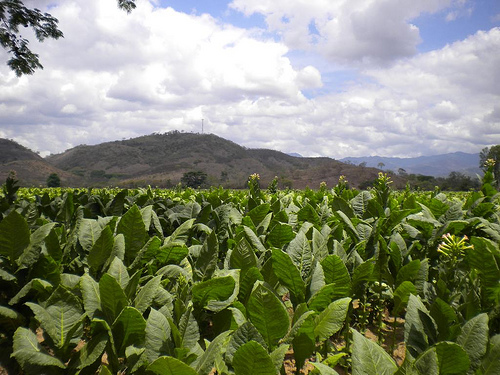
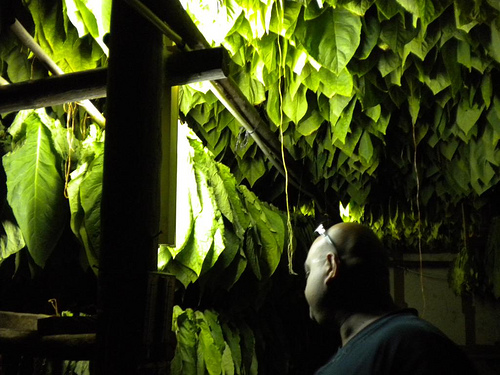
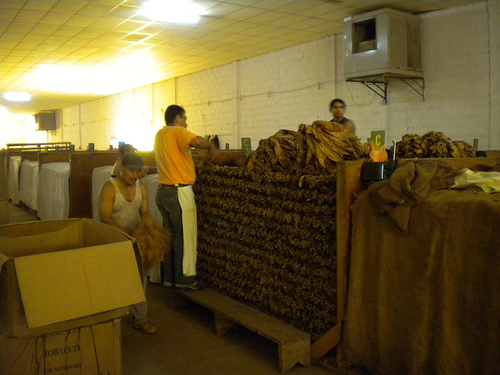
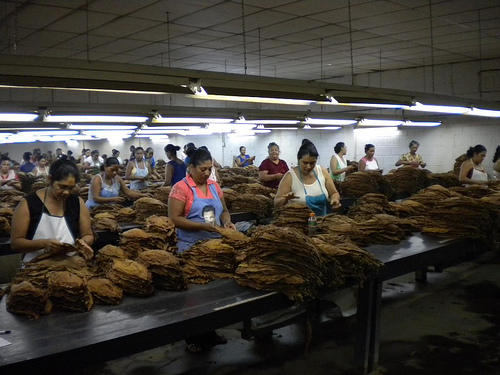
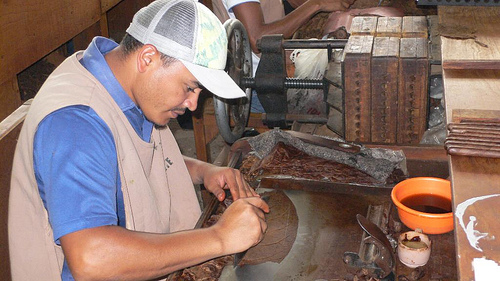
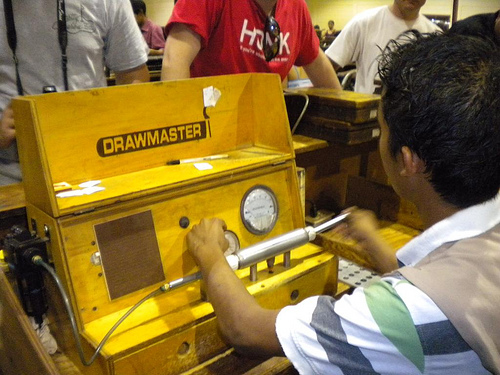
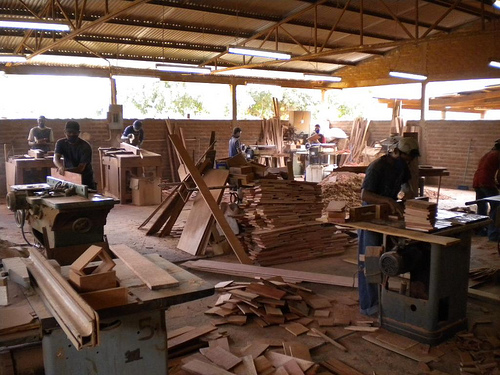
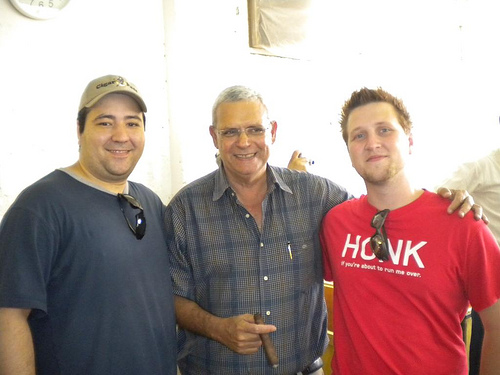

 Even with the economic woes still rippling through the country, cigar exhibitors in
Even with the economic woes still rippling through the country, cigar exhibitors in  These anti-tobacco zealots are too smart to ever admit their ultimate goal in public, even though occasionally they let their
These anti-tobacco zealots are too smart to ever admit their ultimate goal in public, even though occasionally they let their 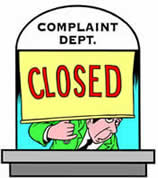 2. Catalogs with different prices for the same cigars. Usually, you’ll spot this with five-packs. They’ll be listed at one price in the advertisement that features the cigar and then listed with another, frequently lower, price in a section promoting five-packs. Is this simply slipshod work or deliberate deception?
2. Catalogs with different prices for the same cigars. Usually, you’ll spot this with five-packs. They’ll be listed at one price in the advertisement that features the cigar and then listed with another, frequently lower, price in a section promoting five-packs. Is this simply slipshod work or deliberate deception?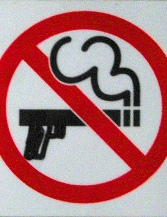 Regular readers will recall that, over the years, we’ve written a great deal about the lamentable spread of state and local smoking bans. While my colleagues and I try to keep our web magazine focused more on tobacco and less on politics, some issues—predominantly taxes and bans—cannot and should not be avoided.
Regular readers will recall that, over the years, we’ve written a great deal about the lamentable spread of state and local smoking bans. While my colleagues and I try to keep our web magazine focused more on tobacco and less on politics, some issues—predominantly taxes and bans—cannot and should not be avoided. Patrick Ashby
Co-Founder & Editor in Chief
Patrick Ashby
Co-Founder & Editor in Chief Patrick Semmens
Co-Founder & Publisher
Patrick Semmens
Co-Founder & Publisher George Edmonson
Tampa Bureau Chief
George Edmonson
Tampa Bureau Chief